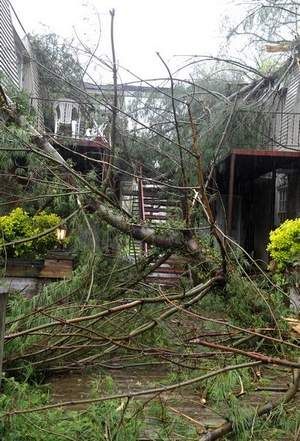
© AP Photo/Justin JuozapaviciusIn this March 14, 2011 photo, farmer Jim Freudenberger surveys his wheat crop in Coyle, Okla. Freudenberger is among thousands of farmers in the South dealing with a severe drought that has choked back crops, forcing some to plow up what won't grow months before harvest.
In most years, the dark clouds over western Oklahoma in the spring would be bringing rain. This year, they're more likely to be smoke from wildfires that have burned thousands of acres in the past month as the state and its farmers struggle with a severe drought.
Oklahoma was drier in the four months following Thanksgiving than it has been in any similar period since 1921. That's saying a lot in the state known for the 1930s Dust Bowl, when drought and high winds generated severe dust storms that stripped the land of its topsoil.
Neighboring states are in similar shape as the drought stretches from the Louisiana Gulf coast to Colorado, and conditions are getting worse, according to the U.S. Drought Monitor. The area in Texas covered by an extreme drought has tripled in the past month to 40 percent, and in Oklahoma it nearly doubled in one week to 16 percent, according to the monitor's March 29 update.
An extreme drought is declared when there's major damage to crops or pasture and widespread water shortages or restrictions.



Comment: Remember also the Nashville flood of last year:
What took US media so long to report this? Nashville Tennessee Flood 2010